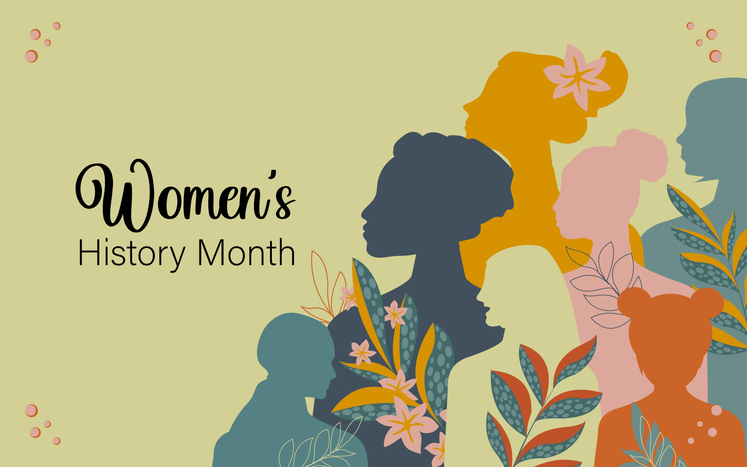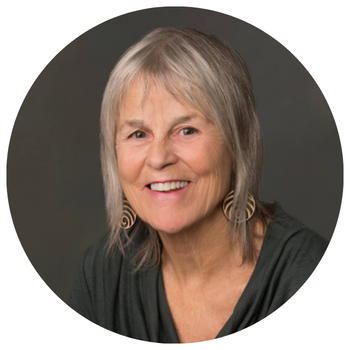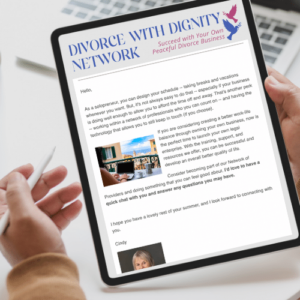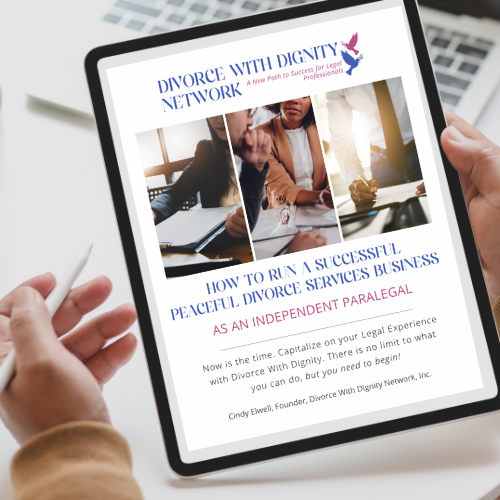The concept of “family law” is relatively new in the legal profession. The family law designation only arrived in the California Bar in 1980. As of 2023, there are as many as 175,000 attorneys and other family law practitioners active in the United States. That doesn’t even count the family therapists, paralegals, and counselors who help families work through their legal and psychological troubles.
Statistics are hard to come by, but more than 39% of all practicing attorneys in America are women. This was unthinkable when the first female attorney, Arabella Babb Mansfield, was admitted to the Iowa Bar in 1869. She wouldn’t have practiced “family law” of course, since that distinction hadn’t been made yet. Lawyers “read law” before judges, and took whatever cases came their way. That would change.
“Divorce is Not the Foe of Marriage”
Elizabeth Cady Stanton is best known for her work as a suffrage activist. But in 1861, she gave a moving speech before the New York Senate Judiciary Committee in favor of women’s right to divorce. At that time, there was no “family” law. Women and children belonged to the man of the house, just like the house itself. A woman could leave if she could prove her husband was abusive or a drunkard; but she left all her property and usually her children behind.
Cady Stanton argued forcefully that as it then stood, marriage was as unequal and unfair to women as any other forced servitude; and that a bad marriage did no good for the woman, her children, society, or indeed the man. If a marriage was good, Cady Stanton suggested, then divorce was no threat; but if it was bad, then divorce was preferable to “husbands and wives [shooting] or poison[ing] each other…choosing death rather than the indissoluble tie.” She was given to hyperbole, but she foresaw the future as well as any prophet.
The 20th Century and No-Fault Divorce
In the early 20th century, maintaining the “institution of marriage” was foremost in the minds of the judicial system. Despite the mish-mash of laws across the U.S. that let wealthy couples hopscotch across the country looking for amenable jurisdictions (such as the famous “Reno divorce” beloved of 1930s Hollywood starlets), most people were stuck with unhappy marriages.
The National Association of Women Lawyers (NAWL) began at the end of the previous century, formed by “female lawyers” unable to join the all-male clubs of their fellows in law school. These women saw the need, as Elizabeth Cady Stanton had 80 years previously, for equal divorce laws. They paved the way for no-fault divorce and women’s rights. True no-fault divorce had to wait for the civil rights movement and the National Organization of Women in 1969.
Representing Women, Children, and Families
The no-fault divorce paved the way for a new type of law: family law. Now that the parties were roughly equal in a divorce, other factors like children, monetary support, visitation, and custody arrangements needed to be standardized. Couples wanted to have a say in their agreements, instead of just letting the judge tell them what would happen.
As we move deeper into the 21st century, our clients want something more than a court battle. Women especially need assurance that their concerns will be heard whether the case arrives in court or is settled in the mediation room. Despite almost 150 years of progress, it can seem like the scales are still tilted towards men in the courtroom. During divorce and separation, women may want someone on their side who understands their particular situation.
Reaching the Female Market
You don’t need to be female to appeal to anxious women contemplating divorce. You should have empathy and an understanding of where this anxiety is from. Today, men and women are roughly equal in most social situations. As you see from this brief history of divorce and family law, that wasn’t always the case.
Statistics show that college-educated, successful women are more likely to initiate divorce than other women. Today, equality is the goal for women in their lives and in their separations. The no-fault divorce means the focus is no longer on blame and fault. It can be on peaceably dividing property and going on with life.
Women in all walks of life benefit from amicable divorce. Unlike their sisters of the past, women today can enter the process as equal partners. With the help of Providers in the Divorce with Dignity Network, they can leave a marriage with everything they brought into it. Amicable divorce removes the procedure from the court and puts it back where it belongs—in the family.
For women still unsure of their power in society, the benefits of amicable divorce are considerable. They have the final say in how their property is divided, children’s custody and visitation schedules, and other facets of family law. Instead of being told by husbands or judges, amicable divorce gives women the voice they lacked.
Arabella Babb Mansfield would be proud.
How We Help You Help Them
The Divorce With Dignity Network is here to help our Providers help clients. Reaching out to clients instead of waiting for them to come to you can be as daunting for you as it is for them. Our current Providers are family law attorneys, counselors, therapists, and business owners. We know the challenges of finding and keeping new clients. When you need marketing strategies for Women’s History Month or any other time, our Providers can help you out. We know the ins and outs of helping your target niche.
Whether you’re already working within the women’s bracket or you’re branching out into a new market, we have Providers who know how to reach that field. We want to help you succeed in your field. Join our Providers in the Divorce With Dignity Network. Schedule your complimentary Success-Strategy Consultation today!





